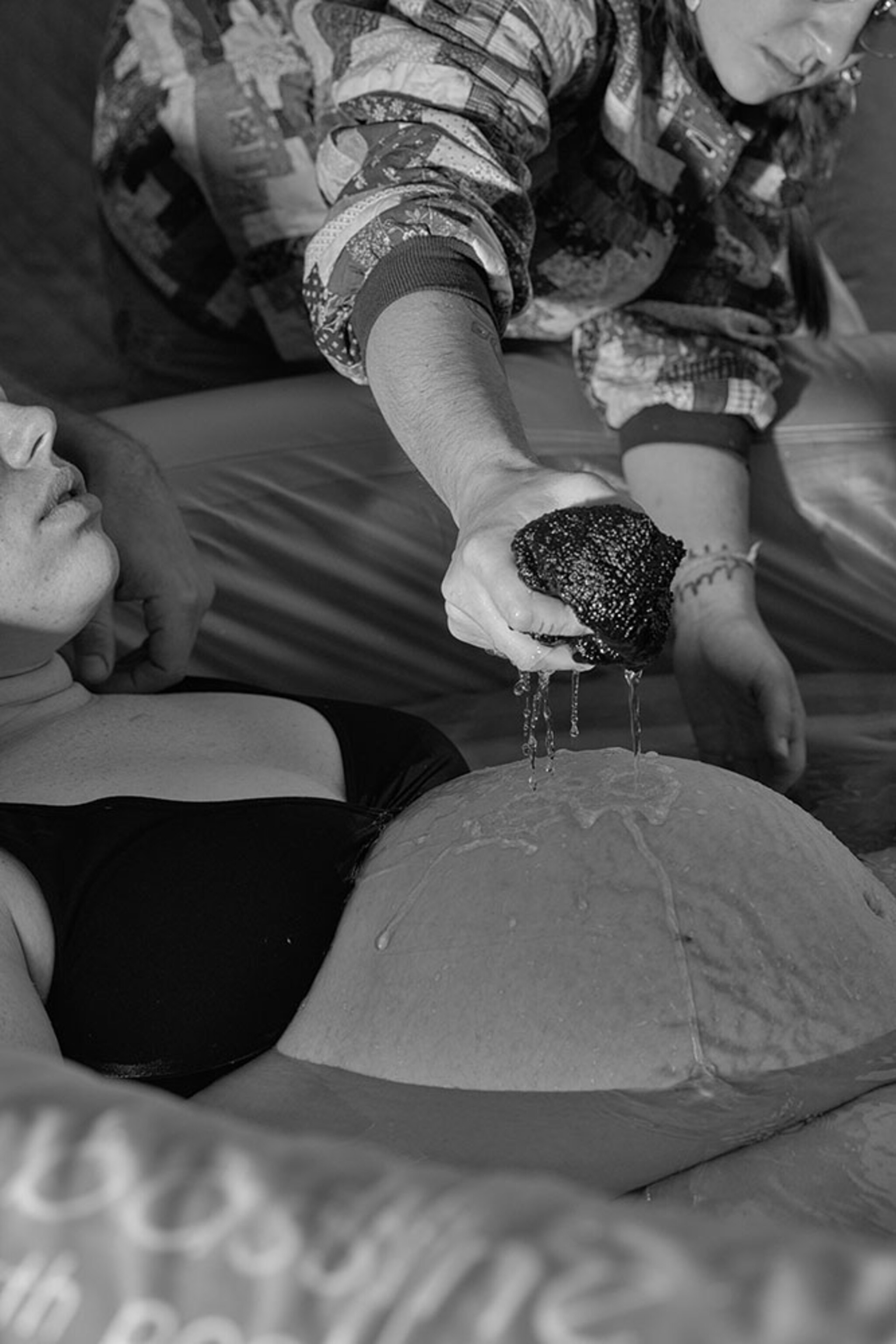
How long will 'long COVID' be with us?
Estimates for the number of people who develop long COVID range from 10 percent to as high as 50 percent of cases. That means tens of millions of people still are wrestling with lingering effects.
A common approach to viral infections follows the aphorism “What doesn't kill you makes you stronger.” This is only somewhat accurate. In plenty of cases, if you get sick and then recover, your body goes back to its usual functions with the added bonus of natural immunity. But experts and patients have known for a while that some viruses, bacteria, and parasites take a heavier toll: Damage to organs and tissues leaves the body weaker long after the microbial invader is gone, creating chronic conditions.
Now, two years into a devastating pandemic, COVID-19 is bringing this message home in a big way.
Estimates for the number of people who develop long COVID—a suite of lingering symptoms—range from 10 percent to as high as 50 percent of cases. More than 428 million cases have been reported, which means tens of millions of people around the world continue to wrestle with the viral aftermath. The conditions range from frustrating to downright debilitating. People are reporting damage to not only smell and taste, but to all five senses. Others have long-lasting heart issues, fatigue, shortness of breath, and brain fog. Early research suggests that COVID-19 infection can cause more serious neurological damage akin to dementia. Worryingly, long COVID affects people who had only mild reactions to the virus, including many kids.
Men and women are experiencing problems with reproductive health. As Sharon Guynup reports, the latest NIH research shows that pregnant people who got COVID-19 are 40 percent more likely than the uninfected to have serious complications, including miscarriages and stillbirths. Thousands of other women are reporting severe disruptions to their menstrual cycles.

The long-term mental health consequences of isolation and grief also bear considering, but as more people venture back into the world, it’s all the more important to understand the risks involved and keep mitigation measures in the mix: wear a mask, get vaccinated, pay attention to ventilation.
“There's just no way to predict which version of COVID that you'll get,” says long COVID patient Lisa O’Brien. “You might not die, but you might not go back to living the life that you planned to live.”
Read our latest story here.
Stories we're following
Want more Nat Geo? Please consider supporting our storytelling by subscribing here.





